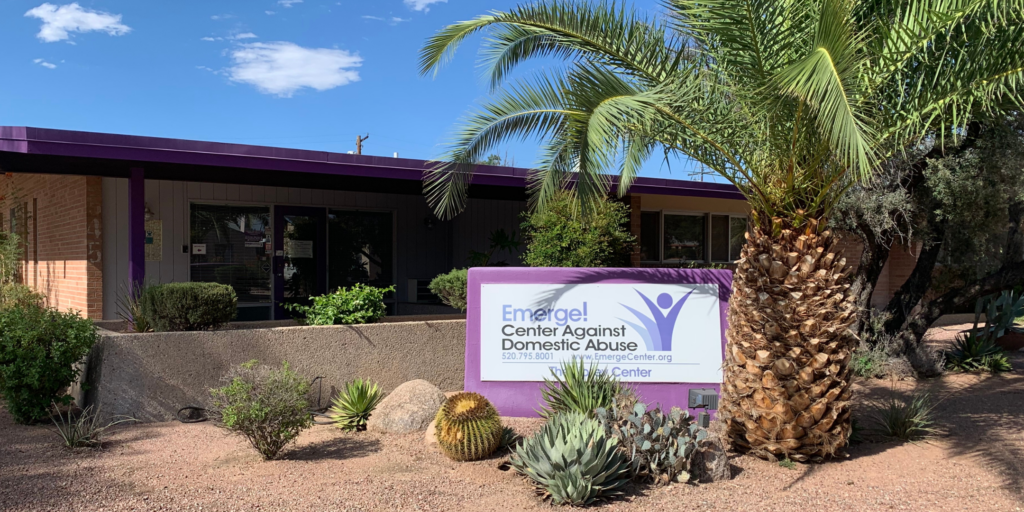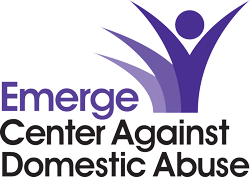
Every day, people experiencing domestic violence (DV) make the choices they can to survive. In far too many cases, the choices available to survivors simply aren’t good enough—with devastating consequences.
Recently, one DV survivor in Tucson faced an impossible choice: stay in the car while her intoxicated boyfriend fled the police up Mt. Lemmon, or take the risk and jump. Tragically, she did not survive the injuries she sustained from jumping out of the vehicle. This case is a heartbreaking illustration of what happens when the DV response system—and when the community as a whole—does not provide DV survivors with better options.
Public records show that the tragedy on Mt. Lemmon developed from a history of “high risk” domestic abuse. William Holloway had a pending case in misdemeanor court for a previous assault when he kidnapped Debra Murrieta. That case involved strangulation—which can be classified as felony-level aggravated assault in Arizona, and is a strong indicator that the abuse may escalate to lethal violence.
At Emerge, we are deeply pained each time a survivor loses their life to violence. This case and others like it highlight the need to build safety into our community’s DV response system by recognizing and responding to the danger that domestic abuse presents.
Understanding Risk Can Prevent Tragedy
We invite organizations serving survivors to recognize our limitations and work together to improve the systemic response to DV. Emerge, for example, acknowledges our limited capacity to meet the huge demand for support services. As a result, we prioritize beds in our emergency shelter program for high-risk cases to ensure that survivors who are in danger of being killed by their partner can recover in a confidential location. While we do not believe that we as a community can incarcerate or punish our way out of this DV epidemic, the criminal legal system can likewise improve survivor safety by prioritizing and understanding the risk associated with domestic abuse.
Recognizing the level of danger DV presents can have an enormous impact on survivor outcomes. In one notable case, a survivor’s partner put her in a chokehold until she lost consciousness. First responders were not trained to identify signs of strangulation on a Black woman. Ultimately, police arrested her and held her in jail overnight.
The decision to punish instead of support this survivor reduced the likelihood that she would reach out to the system for support as the abuse continued. Additionally, her partner, a man who used potentially lethal violence on her, received no support in being accountable for and changing his behavior. As a result, the abuse continued to escalate. The consequences were fatal when she was later left with her own impossible choice: endure life-threatening violence, or fight back.
A Community Inundated by Tragic News
A more recent tragedy highlights the critical need to properly assess the risk of DV. While our community mourns the loss of Zahriya Moreno, many were likely confused by the fact that Angelito Olivas was released on a $2500 bond for a DV incident that ended her life. According to public records, he was assessed by pre-trial services to be at the lowest level of risk to the community. This case shows how vital it is to include DV risk factors in pre-trial risk assessments. Survivors in our community deserve a consistent, coordinated response to domestic abuse that understands risk and takes measures to increase safety. More recently, the Pima County Attorney’s Office dropped charges against Olivas and we, like the rest of the community, await developments in this tragic case.
Every week, another devastating DV-related story airs on the news, whether it’s a young woman brutally attacked by her ex-boyfriend, a man shooting his partner, or a person fleeing a domestic incident shooting a Pima County Sheriff’s Department deputy. Unfortunately, these incidents provide only a glimpse of the scope of the harm DV causes in our community, as the vast majority of cases are never reported.
The Community’s Role in Creating Safer Choices
Beyond the systems involved in responding to DV, like law enforcement, the criminal legal system—or Emerge, a DV support services provider—our community as a whole has a responsibility to provide survivors with better options. Did the men in these cases have family, faith groups, or friends who could recognize their struggles with substance use or abusive behaviors and offer support to make safer choices? Did the survivors know that their community believed them, or that what was happening to them wasn’t their fault?
Ending domestic abuse demands change at the community level. The harmful beliefs and behaviors that enable domestic abuse to happen are deeply engrained in our communities. We invite you to join us in imaging possibilities for making Tucson and Pima County safer from violence of all kinds. Become active in creating a caring community. Take part in disrupting the culture that enables violence. Believe survivors. Get involved by volunteering at Emerge. Connect with our Men’s Engagement program to learn how to support people in making safer choices in their relationships. Together, we can build a community where survivors have the support and the options they need to create lives free from abuse.

